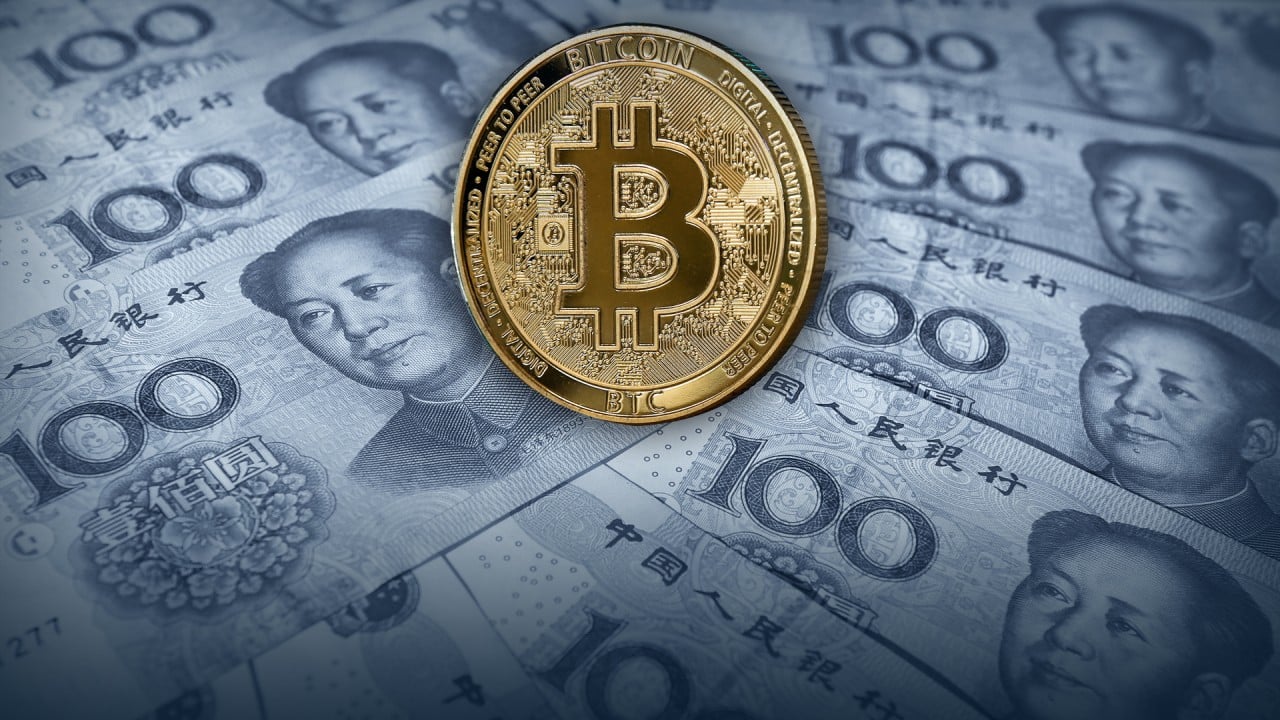
Exclusive | Chinese FTX investors scramble to recoup losses, but Beijing’s anti-cryptocurrency stance leaves little hope
- Crypto investors with thousands of dollars stuck in FTX are left with little chance for remedy in a country that has banned the digital assets
- China was the third-largest market for FTX, which continued accepting Chinese passports for verification after Beijing suggested serving citizens was illegal
Another FTX user turned to uncensored platforms like Telegram, which is blocked in China, but he found only one group with just eight members, and the conversation was inactive. He currently has US$15,000 stuck in FTX, he said, and he does not expect to see his money again.
China’s crypto fans make up 8 per cent of FTX customers, defying Beijing’s ban
Both investors have long engaged in cryptocurrency trades on their own because letting others know could result in legal investigations or even charges under Chinese regulations. For these reasons, they asked for anonymity.
FTX suspended withdrawals last month following a liquidity crisis, and the platform declared bankruptcy on November 11. A bankruptcy filing noted that founder and former CEO Sam Bankman-Fried had put the exchange’s user base at 1 million as of August this year. With 8 per cent in mainland China, as specified in a separate filing, that would mean 80,000 FTX customers were in the country.
Harsher regulations have made investment more difficult for mainland Chinese traders, who use various tools like virtual private networks to connect to foreign exchanges for buying and selling crypto. Mainland China was the third-largest market for FTX by user base, tied with the UK, after the Cayman Islands and Virgin Islands, according to a bankruptcy filing. It was also more than twice as large as the 3 per cent of users in Hong Kong and four times the 2 per cent in the US.
Major exchanges like Huobi and Binance, both founded in China but which relocated overseas after a 2017 crackdown, started to kick out Chinese customers last year after the September policy. FTX, however, continued to accept Chinese passports for Know-Your-Customer identity verification.
Despite the seemingly large user base in China, local propaganda outlets have used FTX’s collapse as a justification for Beijing’s strict cryptocurrency ban.
“Fortunately, Chinese regulators have taken a hard line on cryptocurrencies, avoiding the flow of many resources into this area and avoiding losses for many people,” the Securities Times said in a November 17 article. The newspaper is overseen by the Communist Party mouthpiece People’s Daily.
Bankman-Fried replied on Twitter, saying at the time that the fund was “personal” and that the losses on Bitfinex were “a hedge against shorts elsewhere”. FTX also issued a statement saying that the platform took “separate and independent custody of all user funds” and that “user funds will never be embezzled to participate in any transactions”.
Sam Bankman-Fried says he ‘didn’t ever try to commit fraud’ with FTX funds
However, FTX had reportedly lent US$10 billion from customer accounts to its affiliated derivatives trading platform Alameda Research earlier this year, and FTX executives including Bankman-Fried were aware of the decision, according to The Wall Street Journal.
John Ray, FTX’s newly appointed CEO, said last month that the company was “in the process of removing trading and withdrawal functionality and moving as many digital assets as can be identified to a new cold wallet custodian”.


